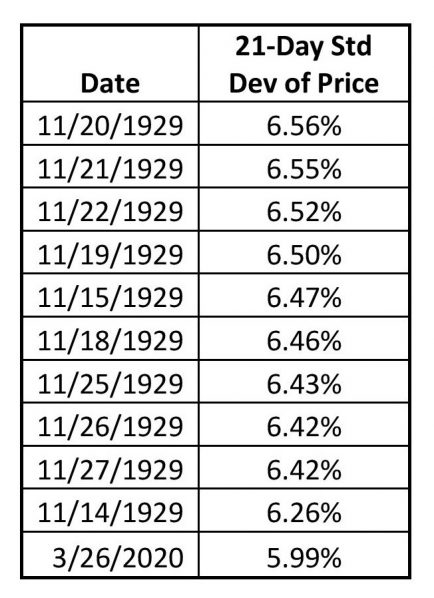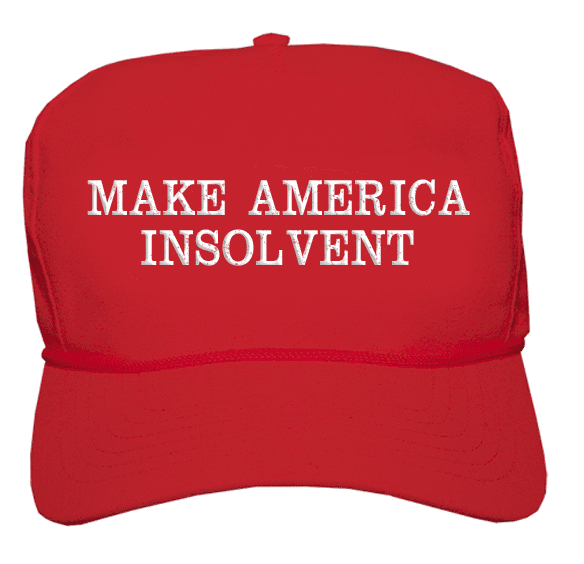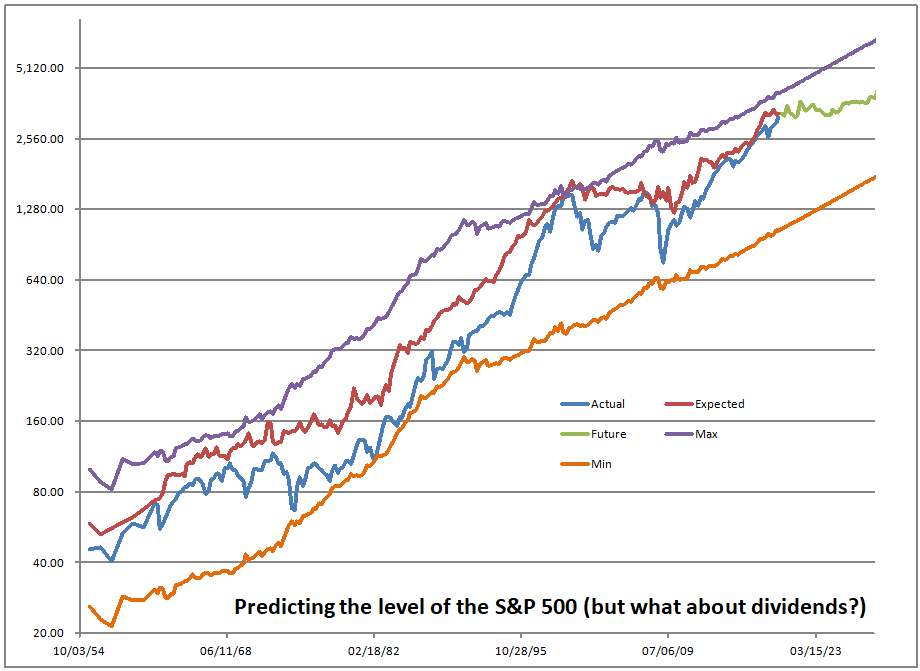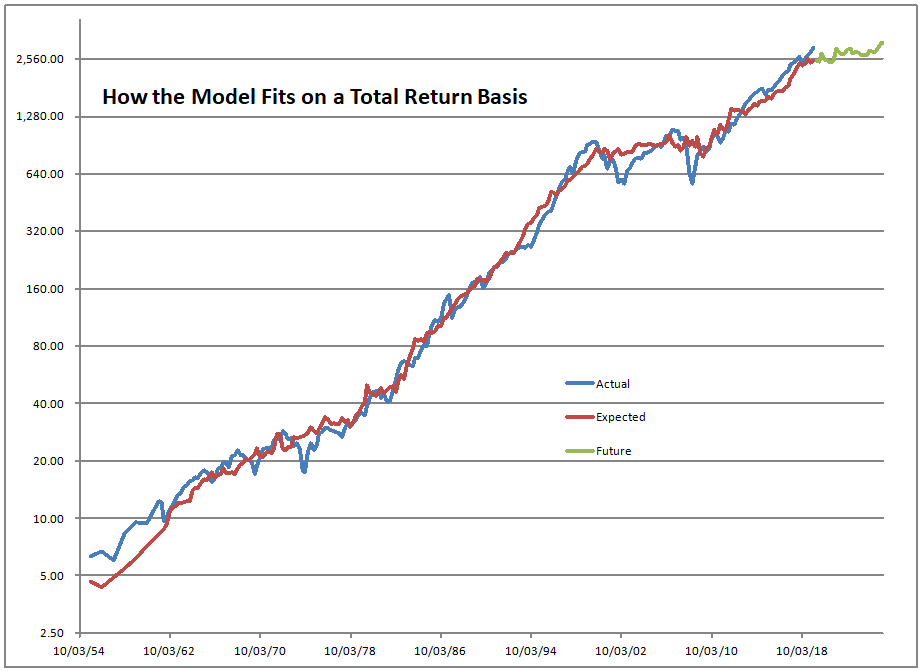Lack of Slack
Picture Credit: AJC1 ||We are dealing with many different types of bottlenecks, with many second-order effects happening due limits in the system. Neoclassical economics in its simple form doesn’t deal with issues like these, and even what I got in Grad School was pretty limited.
According to some of my friends who work at T. Rowe Price, the founder, Thomas Rowe Price, Jr. said something like, “The hardest time to invest is today.” There are also those who say, “It’s different this time,” to which the pithy response is, “It’s always different this time.”
Uncertainty is normal in life as well as investing. It is not a bug. It is a feature of the system. It keeps away people who otherwise might profit if they were willing to take moderate risks. That makes the returns higher for those that do participate.
Leaving aside Covid-19, and all of its side effects we have many fascinating things going on partially as a result of trying to overstimulate the economy. The economy is meant to have small amounts of stimulative government influence, not large amounts. When the stimulative government influence gets too large, elements of the system begin to get hyperactive. Because interest rates are so low, mortgage rates are low. Because mortgage rates are low, many people are buying new houses who otherwise would not. Because many people are buying new houses, lumber is in short supply. And not only lumber, but many industrial metals, parts, and skilled labor are also in short supply.
Typically it takes time to develop skilled labor, and to ramp up supply of parts, commodities, transport, etc. If you try to get these done things done too quickly, you get supply shortfalls which are bottlenecks on the economy.
It doesn’t help that we had “just in time” manufacturing, lean manufacturing, and businesses hoarding commodities and goods that are used in early stage production. When firms realize that there are supply shortages, they take action, accentuating the shortages.
Of course, there is the well known shortage of semiconductors that are slowing down the production of various technological hardware, and particularly automobiles. But what company had the sense to always maintain a stockpile that would be adequate to survive a 6-month crisis? Of course no one does that. They would be told by their management that that much investment in inventory would kill the return on equity.
We can add in the supply problem stemming from the Ever Given and it’s blockage of the Suez canal, and the delays induced in much global shipping while the ships waited for the canal to clear. We can also bring up how Los Angeles ports are hopelessly clogged. And how intermodal lacks enough trucks and drivers to cart the stuff away.
For another example consider the trouble stemming from Colonial Pipelines getting hacked. The gasoline shortage resulting from that came mostly from hoarding, but showed us how much we rely on a single enterprise to provide energy to the South and Northeast.
There’s not enough slack in the system. We need more redundancy. And that won’t happen because firms are looking to maximize the return on equity, and as such they tend not to keep too much excess supply of ability to produce or transport. Most government regulation does not help here, but it would be interesting to see what would happen if the government mandated that firms maintain sufficient slack capacity for production or transport. That would be an ugly regulation, but if it affected everyone maybe it wouldn’t be so bad. How to enforce that would be an absolute headache and so it will never happen.
And at Aleph Blog, in the past I would talk about plague, pestilence, war and other things that people typically don’t anticipate. Not that I thought that any particular one was going to happen at any particular time, but just to make you think about what could happen. Well, now we have experienced plague. Let me try out another idea on you: how many people are expecting a war right now? Yeah, not many people. Can you imagine how badly a war might snarl global trade, particularly since the division of labor is global? Who is prepared for this? Probably no one.
This is one reason among many that I try to emphasize caution in investing. We are running an economic system that has no slack. We are overstimulating by a monetary policy and creating asset bubbles. The government is borrowing far beyond its means which means that someday it will not be able to pay it all back, and at that point in time what will the dollar be worth? When the government has to borrow the money in order to pay the interest, something is so wrong that eventually foreign creditors will not lend any longer.
No, if I can get off that bleak topic of macroeconomics for a moment, let me talk about what probably would not work in investing now. In general, these shortages will be transitory. The capitalist system will overcome these things, despite the best efforts of the government to thwart that. So, I don’t think it’s time to invest in semiconductor equipment or semiconductor stocks. I don’t think it’s a time to invest in trucking. We invest on the basis of the long haul, not on the basis of temporary disruptions.
I would rather invest in the companies that will do well once the supply shortages or bottlenecks are eliminated. In other words who uses the products or services that are currently less available? That is where to invest.† Look for the areas that have continuing usefulness and are still down considerably since 2019. That’s where I’ll be digging; I’m not sure I have the answers yet, but I think that’s where to look. In the meantime, hold enough slack assets in short-dated bonds to give additional buying power, and average in as prices of stocks fall.
Postscript
- Using Sentieo I did massive searches through their databases to see when the shortage talk began — it started four months ago, peaked in March/April, and is still quite high now.
- There’s a neat transcript of Tracy Alloway and Joe Weisenthal talking to an executive of a logistics company about current transportation issues. It’s long but good.
- Another article from Bloomberg on the same topic.
- We know about US housing issues, but they are even more severe in Canada.
- A CEO friend of mine who runs a small manufacturing firm says he has more orders than he can fill. He just can’t get the parts, and the same is true for his industry globally.














